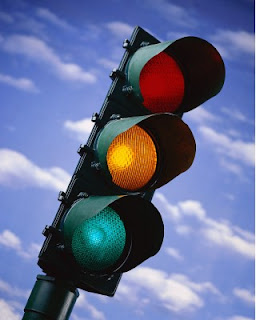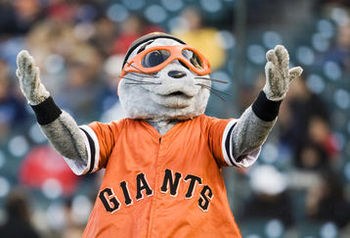On an everyday basis, people encounter staircases - whether in homes, offices, or restaurants, or outdoor walkways. Stairs are something we don't pay much attention to until we walk up and down them at specific moments in time. Oftentimes, stairs either blend in with their surroundings or take on a more sculptural quality as something beautiful to look at and examine. It isn't until we embark on them that we pay attention to how easy it is to maneuver our bodies up and down the staircase. This is when people notice the ergonomic qualities of stairs.
We can evaluate this cantilevered "
floating" staircase in terms of Ergonomics Research. The first area of research is how safe the object is. By simply observing this picture, it seems that the staircase poses a safety risk. There are no railings for people to hold onto while walking up and down the staircase. In addition, each individual stair seems very spaced apart, which would make it easy to fall between them and down to the floor below. On a technical level, the actual structures themselves could become detached from the wall while someone is walking on it if they aren't supported enough. Navigating this staircase could definitely be dangerous.
The second area of research is how comfortable the object is. These stairs have a very austere, minimalisic feel to them, so they don't seem really comfortable. It appears that people would have to stretch their legs a little more than normal to get up or down the stairs, which could create uncomfortable body positions.
Along these lines is the next area of research, ease of use. By having to extend your limbs into wide strides on a structure with nothing to hold on to, it seems kind of difficult to use this staircase. To maneuver around on the stairs, you have to lean against the wall for support while also physically exerting yourself which doesn't seem very practical.
In terms of this staircase's performance, the stairs themselves depend on people's interaction with them to function. Given all of the risk around these stairs, it seems they don't have a high performance rating for functional use. However, they do perform well by enticing people to interact with them as an overall structure. It isn't often that people have the opportunity to climb onto sculpture-like objects to actually get from one floor to the next.
The last area of research, aesthetics, is probably the most successful aspect of this staircase. Even though they might not be the most efficient stairs, they are extremely visually pleasing. Their visual appeal stems from the fact that they are minimalist, yet arranged in a way that intrigues the viewer. Each individual stair is a parallelogram cantilevered out from the wall. The staircase combines each of these geometric shapes into an overall structure with a curvature from one wall to the next, spiraling into a different direction where the two walls meet in the corner. The juxtaposition of harsh geometric wooden boxes and the soft curvature of their placement makes the stairs interesting and dynamic to look at, even if it is as more of a sculpture installation than a real, usable staircase.















